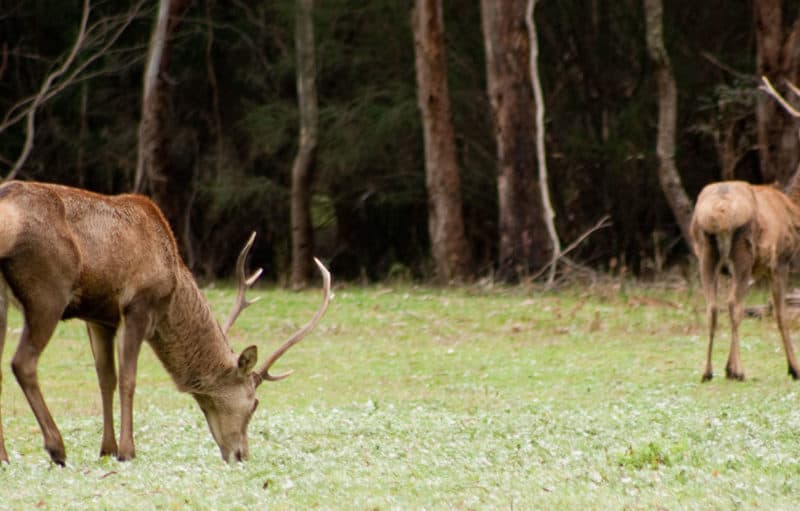PARK WATCH Article June 2025 |
Southern Rock Lobsters are thriving in Victoria’s marine national parks, says Shannon Hurley, Nature Conservation Campaigner with Jessie Borrelle, Engagement and Communications Manager
There’s a formidable presence in our coastal waters. A battalion of maroon-red and orange creatures patrol the ocean floor with powerful claws, having survived multiple mass extinctions over 100 million years.
Southern Rock Lobsters (Jasus edwardsii) are ocean engineers that shape seafloor communities with their foraging behaviours. These ancient crustaceans help balance our delicate underwater habitats and serve as important bioindicators of reef health.
And they’ve also just finished collaborating with researchers on a fascinating project that measures the effects of marine protected areas (MPAs). The Parks Victoria and Deakin University study, published in the Journal of Biological Conservation (vol. 306, June 2025) confirms that MPAs and especially ‘no-take’ zones, are essential for the survival of marine animals like Southern Rock Lobsters.
Rocking results
Over a decade, 2,000 rock lobsters were sampled across six MPAs and adjacent fished areas, including Discovery Bay, Merri Marine Sanctuary, Point Addis, Port Phillip Heads, Wilsons Promontory and Cape Howe.
The results were profound: protected sites had over double the number of lobsters, averaging 3.05 per pot compared to 1.4 in fished zones. Not only were these armoured sentinels more abundant within MPAs, but they were also significantly larger.
The study used advanced spatial modelling to account for differences in reef structure, depth and ocean conditions. Even with these factors controlled, protection status stood out as the key driver of lobster abundance and size. Rock lobsters have small home ranges, making local protection efforts really effective.
Some of the most dramatic findings came from deeper, more complex reefs in the western parts of the state waters, like Discovery Bay and Merri Marine Sanctuary. These areas showed particularly high numbers of large, legal-sized lobsters.
‘This research shows marine protected areas are making a real difference,’ says Michael Sams from Parks Victoria. ‘It’s a clear sign these areas are helping to restore marine habitats – and potentially boost populations beyond park boundaries too.’
Victoria’s network of marine national parks is proving its worth: protecting our diverse sea country, supporting sustainable fisheries, and letting these ancient warriors continue their evolutionary legacy.
- Read the latest full edition of Park Watch magazine
- Subscribe to keep up-to-date about this and other nature issues in Victoria
- Become a member to receive Park Watch magazine in print
